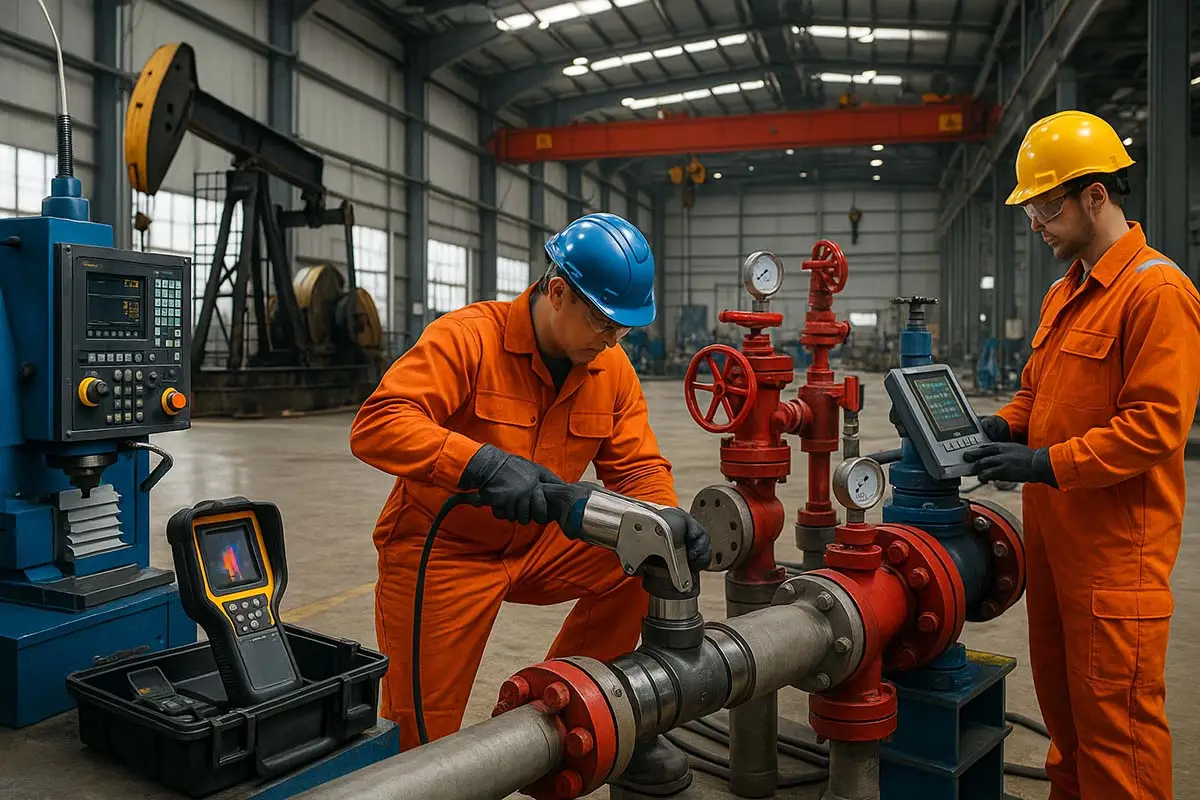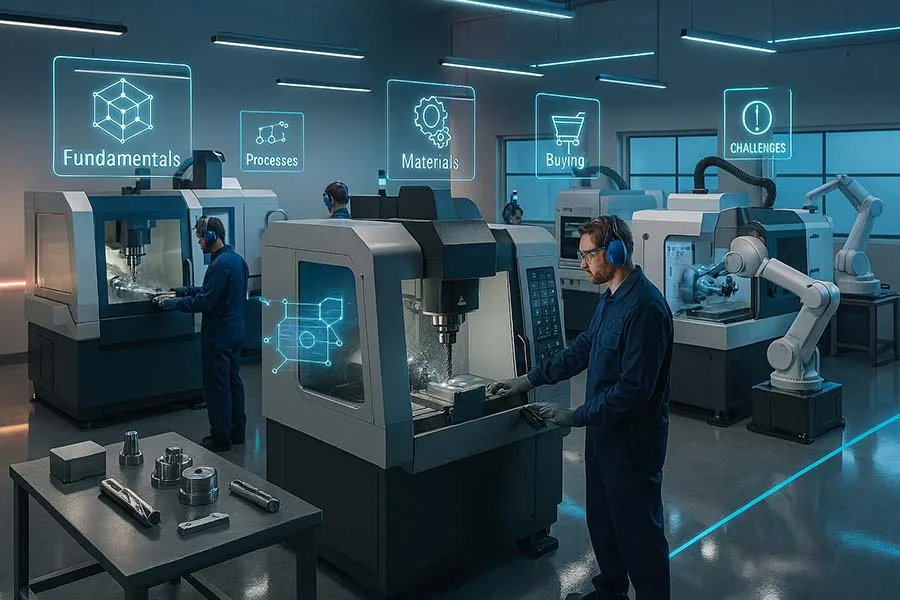Introduction
From drilling miles beneath the Earth’s surface to maintaining offshore rigs, the energy and oil industry depends on industrial tools more than almost any other sector. These tools keep operations running smoothly, protect workers in hazardous conditions, and ensure compliance with strict global standards.
This cornerstone guide brings together everything you need to know about industrial tools in the energy and oil industry. Along the way, we’ll link to in-depth articles on specific categories so you can explore each topic in detail.
The Role of Industrial Tools in Energy and Oil
Without industrial tools, the energy sector would grind to a halt. They:
- Extract resources through drilling and pumping.
- Build and maintain massive pipeline networks.
- Keep refineries and processing plants operating safely.
- Ensure compliance with safety and environmental regulations.
- Support innovation in automation and renewable integration.
Key Categories of Industrial Tools
1. Drilling and Extraction Tools
Rotary drilling rigs, mud pumps, drill bits, and blowout preventers (BOPs) form the foundation of oil exploration. These tools are engineered to withstand extreme pressure and heat, but their wear and tear in high-stress environments makes them costly to maintain.
2. Pipeline Construction and Maintenance Tools
From hydraulic pipe benders to ultrasonic weld testers, pipeline tools are built for durability and seamless installation. Continuous investment in corrosion monitoring and repair technologies ensures pipelines stay safe and reliable.
3. Maintenance Tools for Refineries and Processing Plants
Oil refineries rely on torque-controlled wrenches, automated valve controls, and robotic inspection tools. Precision is key—automation tools allow for tighter process control, though they require frequent software and sensor updates.
4. Safety and Emergency Tools
From gas detectors to explosion-proof lighting, safety tools protect lives in hazardous work zones. High-pressure valves and monitoring systems are designed for absolute reliability, because even minor failures can have catastrophic consequences.
5. Inspection and Testing Tools
Non-destructive testing (NDT) ensures that pipelines and rigs remain safe without halting operations. Ultrasonic flaw detectors, radiographic systems, and even drones are now standard in large-scale inspection programs.
6. Automation and Digital Tools
Automation has transformed the energy sector. From predictive maintenance systems to digital twins and AI-driven drilling optimization, these tools enhance efficiency while reducing human exposure to risks.
7. Heavy Machinery
Cranes, turbines, compressors, and drilling rigs are the heavy lifters of the energy industry. These machines are getting smarter with IoT integration, predictive analytics, and even robotics.
8. Tool Innovations and the Future
The future is defined by smarter, greener, and more connected tools. AI, robotics, and IoT sensors are driving this shift, while sustainability innovations like emission detection and hybrid equipment are setting new standards.
Technical Specifications That Matter
- Drill Bit Hardness: Tungsten carbide or diamond-tipped bits.
- Pipeline Welding Standards: API 1104 and ASME compliance.
- Gas Detector Sensitivity: Detection levels down to ppm.
- Hydraulic Jack Load: Capable of lifting 200+ tons.
- Explosion-Proof Ratings: ATEX and IECEx certifications.
Pros and Cons of Industrial Tools in Oil and Energy
Advantages:
- Higher productivity in drilling, refining, and transport.
- Enhanced worker safety.
- Reduced downtime with predictive maintenance.
- Support for carbon capture and renewable integration.
Disadvantages:
- High purchase and operational costs.
- Mandatory maintenance and calibration.
- Accelerated wear in harsh environments.
- Ongoing need for skilled labor.
Interesting Facts
Funny Fact: Some offshore rigs are so large they’re nicknamed “floating cities.” Workers often joke that the coffee machine is the most critical piece of equipment onboard.
Lesser-Known Fact: Deep-sea drill bits are often coated with synthetic diamonds, making them some of the hardest—and most expensive—tools in the world.
Future Outlook
Industrial tools in oil and energy are moving toward a smarter, safer, and greener future. Expect:
Sustainability-focused tools for carbon capture and emission monitoring.
More autonomous rigs and inspection robots.
AI-powered decision-making.
Renewable integration alongside traditional oil and gas.
Industrial Tools in the Energy and Oil Industry FAQ
Conclusion: Industrial Tools Powering the Energy Future
The energy and oil industry runs on tools—from drilling equipment to inspection systems and digital innovations. By linking together all aspects of extraction, maintenance, safety, and automation, this cornerstone guide serves as your central hub for everything related to industrial tools in the sector.
➡️ Browse the full cluster of supporting guides above to dive deeper into each category.
💬 Your Turn:
Have you ever worked in the energy sector or seen these massive tools in action? Share your experiences in the comments—and don’t forget to share this page with colleagues who might find it useful.





